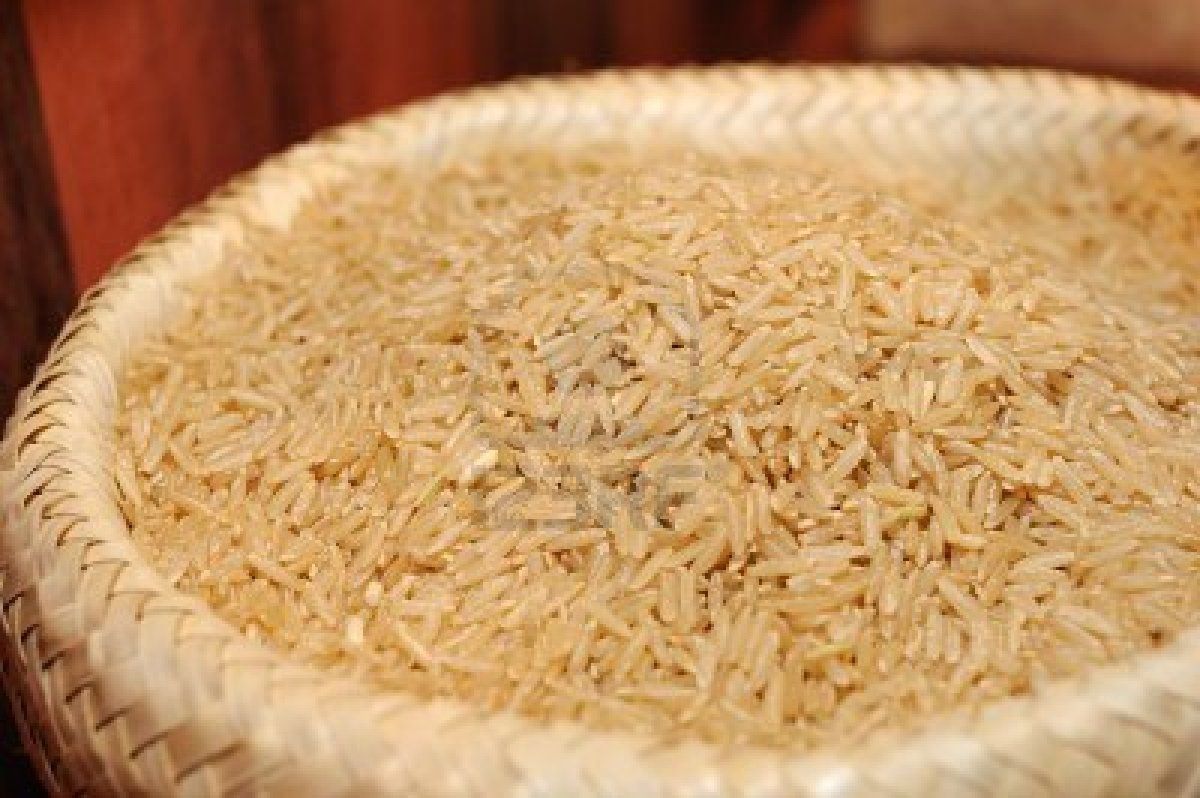- Thread starter
- #11
Bandbaustin, I could swear I answered your question but I don't see it here.
I hope you don't mind that I won't be discussing UK on this thread. If you have any comments or questions about it I'll take them on the thread dedicated to it.
The second product photographed here is a winner. Milo AKA sorghum and millet are really ideal for peafowl. Think about the plants they grow on- peafowl height and perfect size and shape- also surprisingly nutritious and no GMO versions on the commodities market as of yet.
The first product looks like a fantastic food for cats but feeding poultry parts to birds is a non-starter for me. I don't know what antibiotics or hormones the chickens were on or what they were fed-and it's sort of creepy. I don't mind feeding chicken to my falcon or beef to the dogs but chicken to peafowl that might be a bit too close- akin to seeing monkey parts for sale in China...blegh blegh blegh-
Combination of feeds - I'd drop the cat food and find another product with no poultry included to feed in concert with your scratch grain.
I hope you don't mind that I won't be discussing UK on this thread. If you have any comments or questions about it I'll take them on the thread dedicated to it.
The second product photographed here is a winner. Milo AKA sorghum and millet are really ideal for peafowl. Think about the plants they grow on- peafowl height and perfect size and shape- also surprisingly nutritious and no GMO versions on the commodities market as of yet.
The first product looks like a fantastic food for cats but feeding poultry parts to birds is a non-starter for me. I don't know what antibiotics or hormones the chickens were on or what they were fed-and it's sort of creepy. I don't mind feeding chicken to my falcon or beef to the dogs but chicken to peafowl that might be a bit too close- akin to seeing monkey parts for sale in China...blegh blegh blegh-
Combination of feeds - I'd drop the cat food and find another product with no poultry included to feed in concert with your scratch grain.



